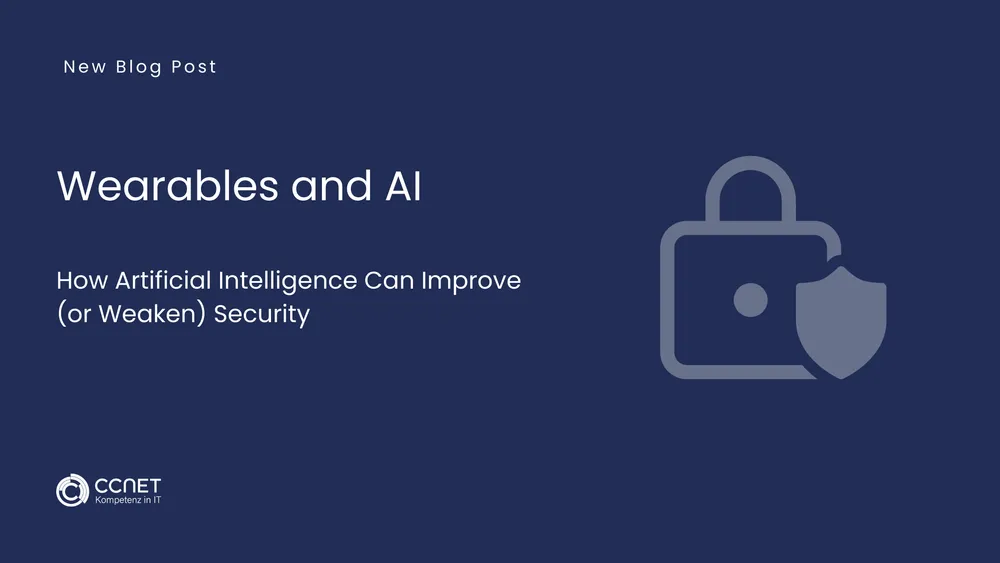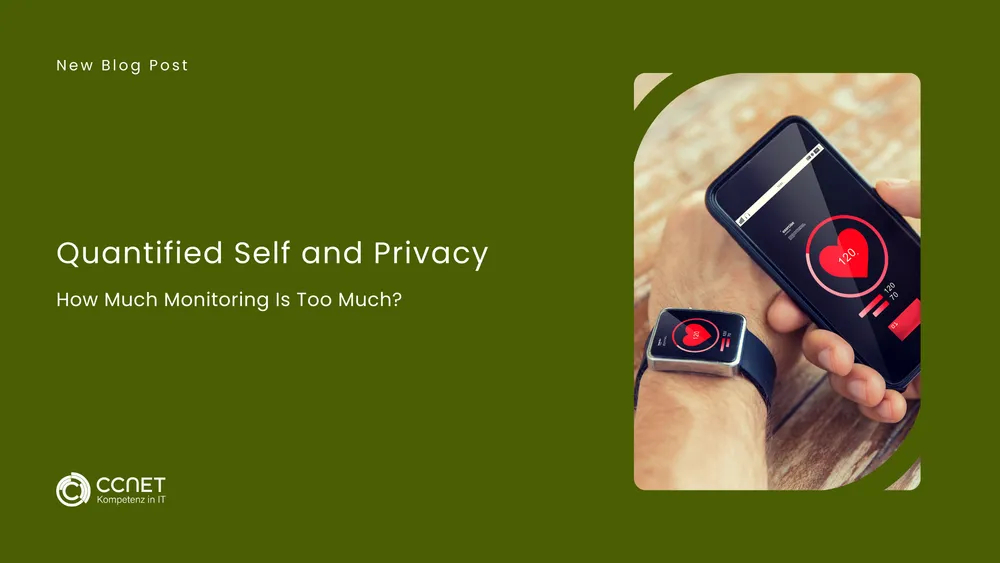
CCNet
Aug 6, 2025 • 2 min read

Medical-Grade Wearables: What Security Standards should they meet?
Many wearables are no longer just fitness gadgets—they are now medical devices subject to regulatory requirements. This applies especially to products that perform diagnoses, monitor chronic conditions, or provide treatment data. With this shift comes the responsibility to meet specific security and privacy standards. This article outlines the most important requirements that medically classified wearables must fulfill.
1. What Makes a Wearable a Medical Device?
A wearable is considered a medical device when it fulfills a medical purpose—such as measuring ECG, blood sugar, or oxygen saturation for diagnostic or therapeutic applications. In the EU, these products are regulated by the Medical Device Regulation (MDR); in the U.S., by the FDA.
2. Core Security Standards and Certifications
Medically approved wearables must meet a variety of IT security requirements:
- ISO 27001: This standard defines best practices for information security management.
- IEC 62304: Describes the lifecycle of medical software, including requirements for risk management.
- ISO 14971: Risk management for medical devices, focusing on identifying and minimizing hazards.
- HIPAA (U.S.): Regulates the protection of patient data.
- GDPR (EU): Controls the handling of personal data within the EU.
Compliance with these standards should be documented and regularly audited.
3. Technical Security Measures
Medically classified wearables must implement the following technical precautions:
- End-to-end encryption: All data transmissions must be encrypted.
- Secure boot and firmware validation: To prevent tampered updates.
- Access control and authentication: Only authorized users may access patient data.
- Regular security updates: Critical to maintain long-term device protection.
- Tamper detection: The device should detect and log attempts to manipulate it.
4. Secure Data Handling and Storage
- Data minimization: Only essential data should be collected and stored.
- Anonymization and pseudonymization: Whenever possible, patient data should be anonymized.
- Local storage: Sensitive data should preferably be stored on secure chips rather than in the cloud.
- Secure APIs: Interfaces to third-party apps or cloud platforms must be verified and restricted.
5. Patient and User Protection
- Transparency: Patients must be informed about what data is collected and how it is used.
- User-friendly security: Complex security features must not impair usability.
- Data access: Patients should be able to view, export, and delete their data.
- Incident response plans: In the event of a security breach, procedures must be in place.
6. Conclusion: Medical Wearables Require Maximum Security
Devices with medical functions must meet the highest standards—not just in performance, but especially in security. Manufacturers bear a great responsibility to protect patient data and comply with legal regulations. With proper security architecture and transparent policies, medical wearables can make a valuable contribution to modern healthcare—without compromising data integrity or privacy.


